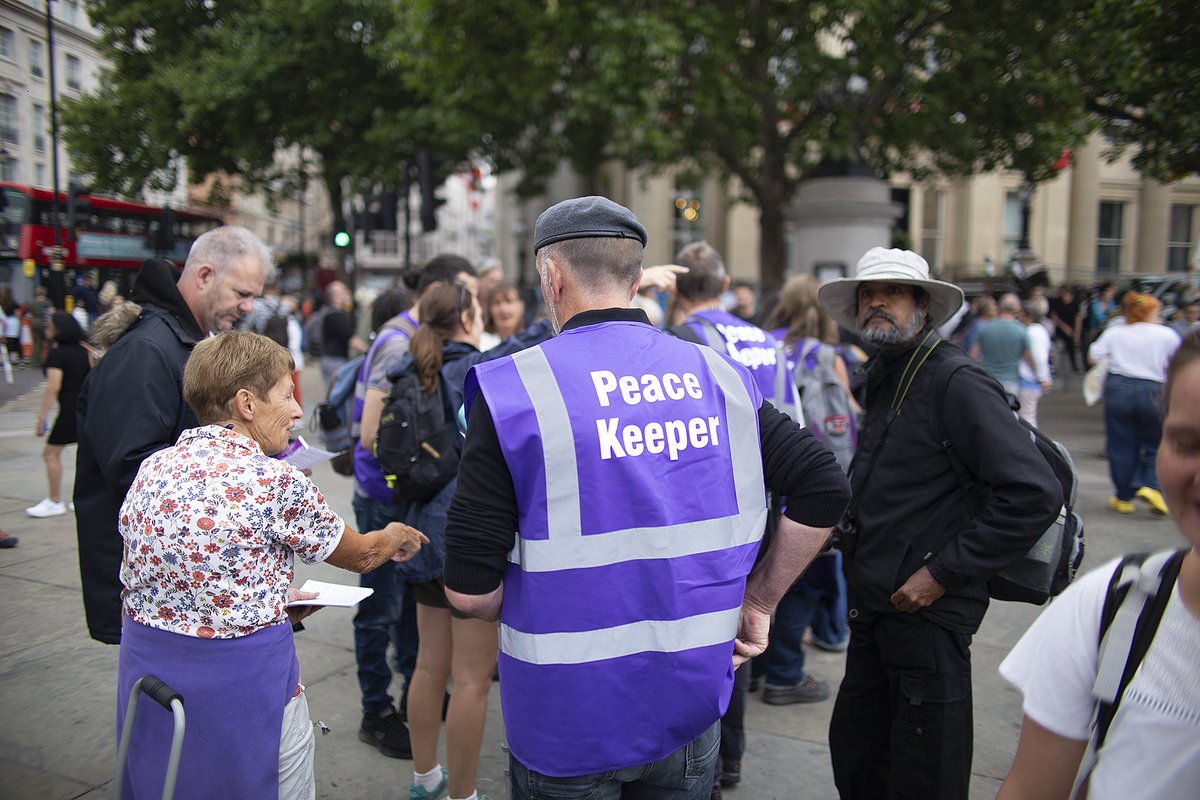
Here is one of those topics that seems small, & gets zero wide media coverage, but affects everyone reading this tweet in a small way every day, and in theory happens 5,443,200,000 times every day.
You can see it here, as spotted by @lagringaeterna. Can you spot it?
(cont...)

You can see it here, as spotted by @lagringaeterna. Can you spot it?
(cont...)


It's unnoticeable to most, outside those interested in search engines, but in that example:
Google have taken what the page is about ('Flu'), and rewritten it to what they *think* it should be ('Flu Vaccinations').
That seems small (other than perhaps re pro/anti-vax) but...

Google have taken what the page is about ('Flu'), and rewritten it to what they *think* it should be ('Flu Vaccinations').
That seems small (other than perhaps re pro/anti-vax) but...


Those blue links (or purple, after you've visited) are the main way we all 'engage' with Google, some of us hundreds of times each day.
In the past, Google showed them exactly as the website owner chose (albeit sometimes shortened), as defined by any webpage's <title> tag.
In the past, Google showed them exactly as the website owner chose (albeit sometimes shortened), as defined by any webpage's <title> tag.

That was basically the concept Tim Berners-Lee dreamt up long ago, borrowing the idea from SGML ('Standard Generalized Mark-up Language') that you could describe content in such a way that *any* reader of that content would understand it and display it in the same manner. 

For a decade or so, Google has broken with that idea, showing titles now & again based on users' search text.
Last week they rolled out an update breaking it further, basing those links in ways beyond the intent of the searcher, or of the website owner. (developers.google.com/search/blog/20…)
Last week they rolled out an update breaking it further, basing those links in ways beyond the intent of the searcher, or of the website owner. (developers.google.com/search/blog/20…)
In other words:
1. Those links are the elements most likely to impact whether a user clicks through to a page or not
2. Google have further removed the ability of a website owner to define them
3. Google have taken further control of whether people click any given link, or not
1. Those links are the elements most likely to impact whether a user clicks through to a page or not
2. Google have further removed the ability of a website owner to define them
3. Google have taken further control of whether people click any given link, or not

That has an impact on almost every website on the web, has an impact on everyone who uses Google, every single time they use Google Search, and of course it may impact Google themselves, both from a 'user satisfaction' point of view, and a 'revenue' point of view.
On User Satisfaction: If those links more closely match what the user finds behind the link, that may increase satisfaction with Google.
On Revenue: If Google were to make 'organic' results less clickable, and 'ad' results *more* clickable, that can vastly alter revenue.

On Revenue: If Google were to make 'organic' results less clickable, and 'ad' results *more* clickable, that can vastly alter revenue.


Google do not say how many searches people make today. They last updated that public stat in 2016, saying 'trillions' of searches per year.
That means (assuming minimum 2 trillion searches a year, as @dannysullivan suggested) there are at least 63,000 Google searches per second
That means (assuming minimum 2 trillion searches a year, as @dannysullivan suggested) there are at least 63,000 Google searches per second
If we pretend every Google search still results in 10 results of standard pages, that would mean *at least* 630,000 of these blue links are displayed across the world every single second.
Google say 'at least 80%' still use the page's original title.
Google say 'at least 80%' still use the page's original title.
We could take a guess & say 'at least 80%' may mean 'between 80% and 90%', meaning 'less than 20% but more than 10%' change.
So 630,000 links a second, multiplied by (at least) 10%, means >63,000 results shown every second where Google's algorithm has chosen what they should say
So 630,000 links a second, multiplied by (at least) 10%, means >63,000 results shown every second where Google's algorithm has chosen what they should say
In other words, Google's machine-learned algorithms have taken a little further control in tweaking the information shown to users 5,443,200,000 times every single day, which increases or decreases the likelihood of those users (you and I) reading particular information.
As I said at the start: This all feels small, and really it is, it's a tiny thing, but it happens billions of times a day, so worth being aware of, when so much of our lives is spent in front of phones & computers, taking in info a giant robot in the clouds has chosen to show us.
• • •
Missing some Tweet in this thread? You can try to
force a refresh











































